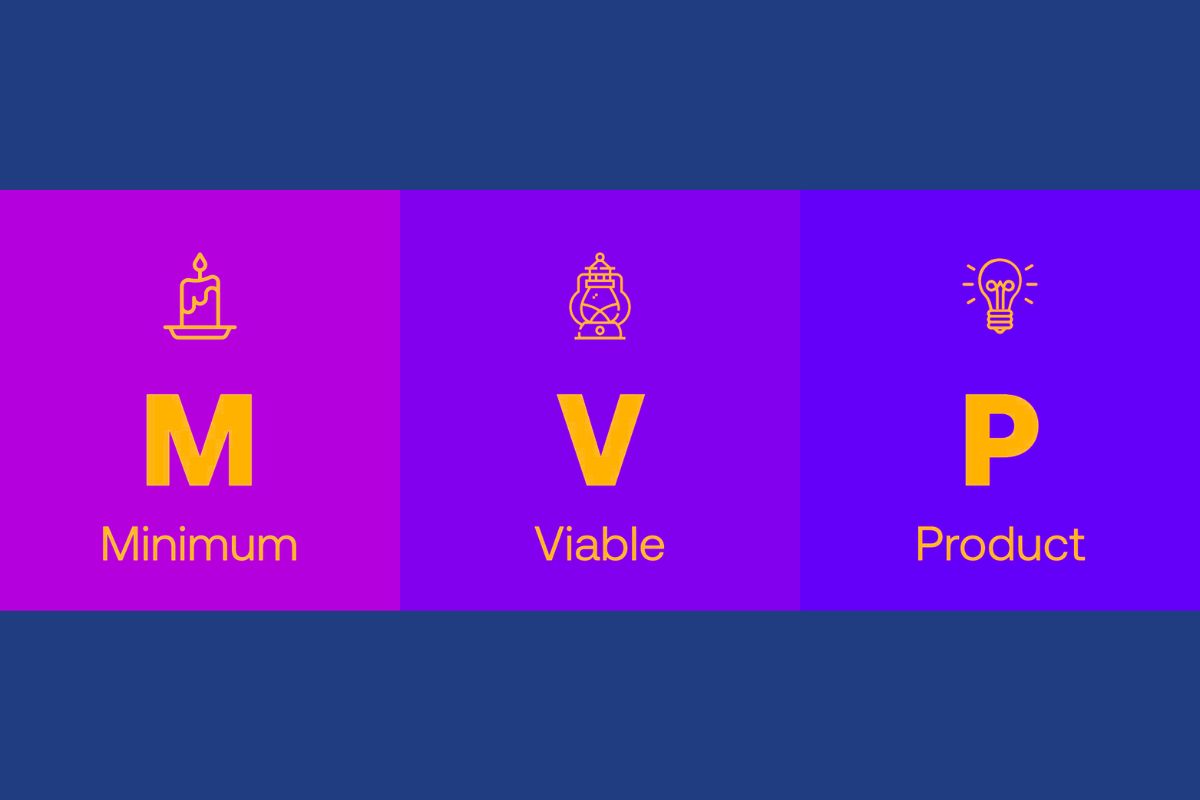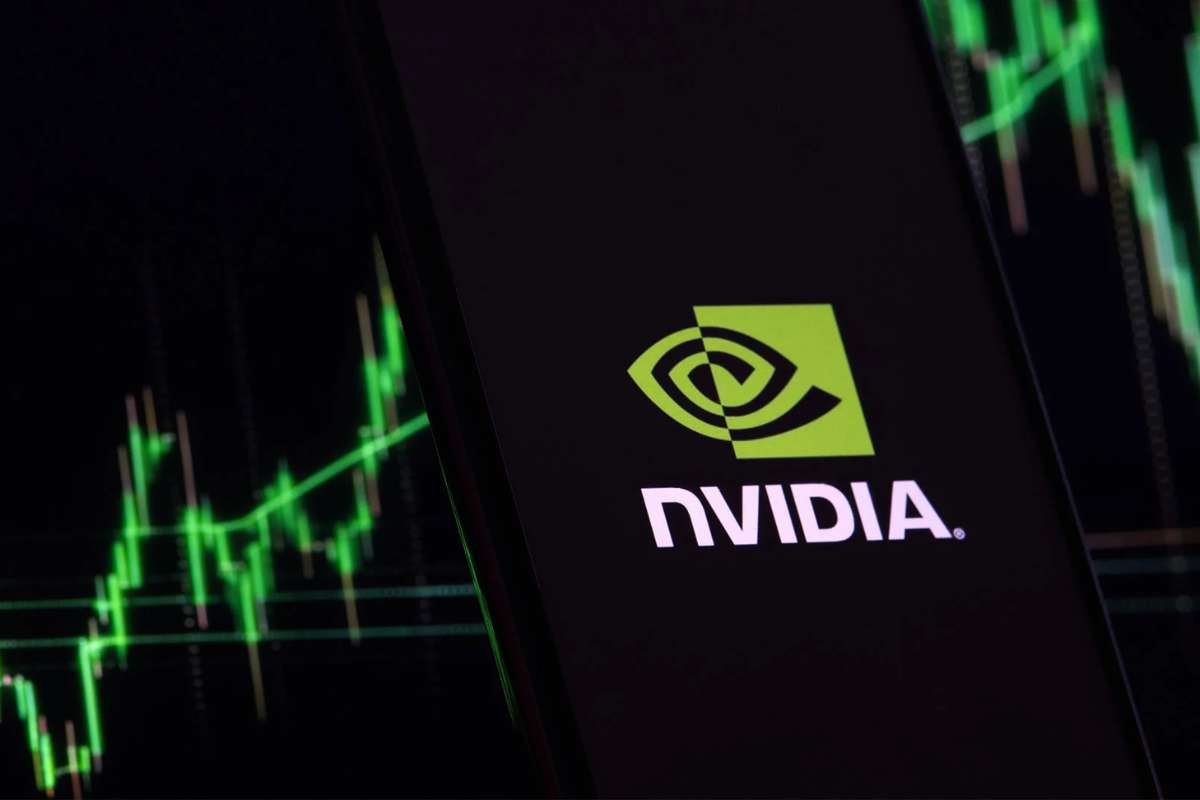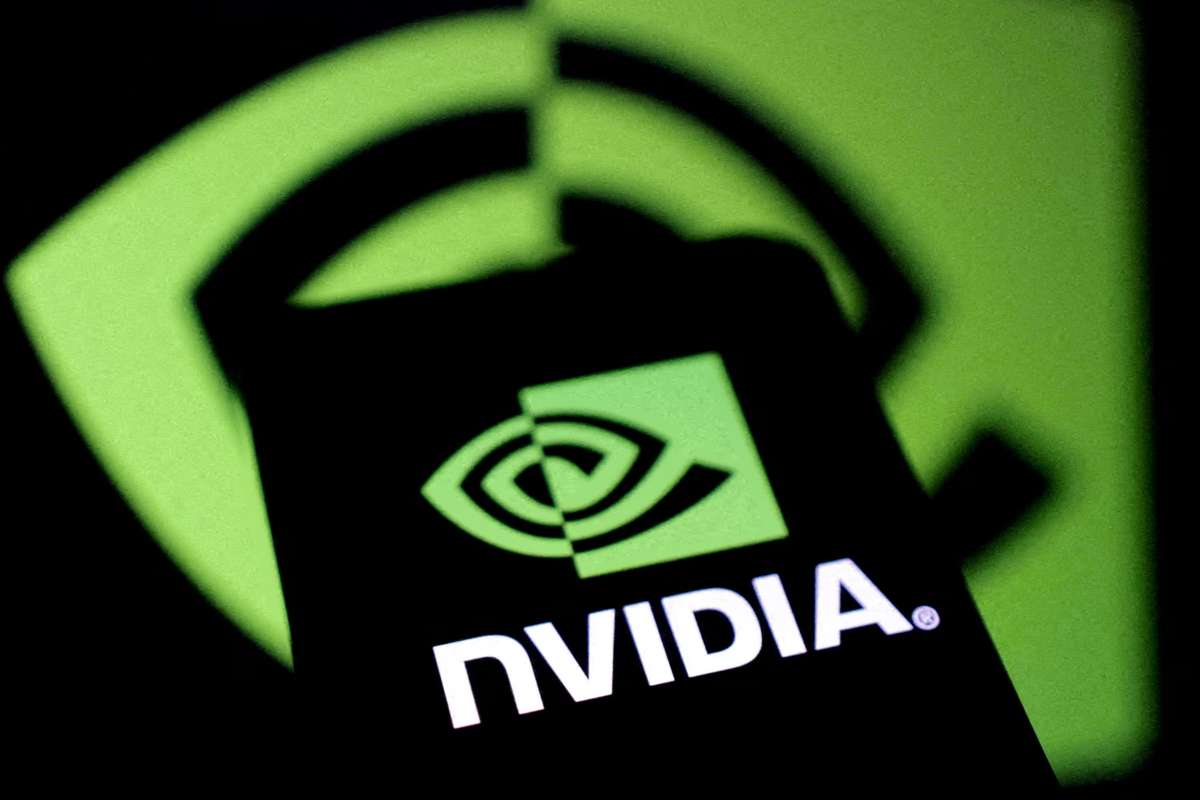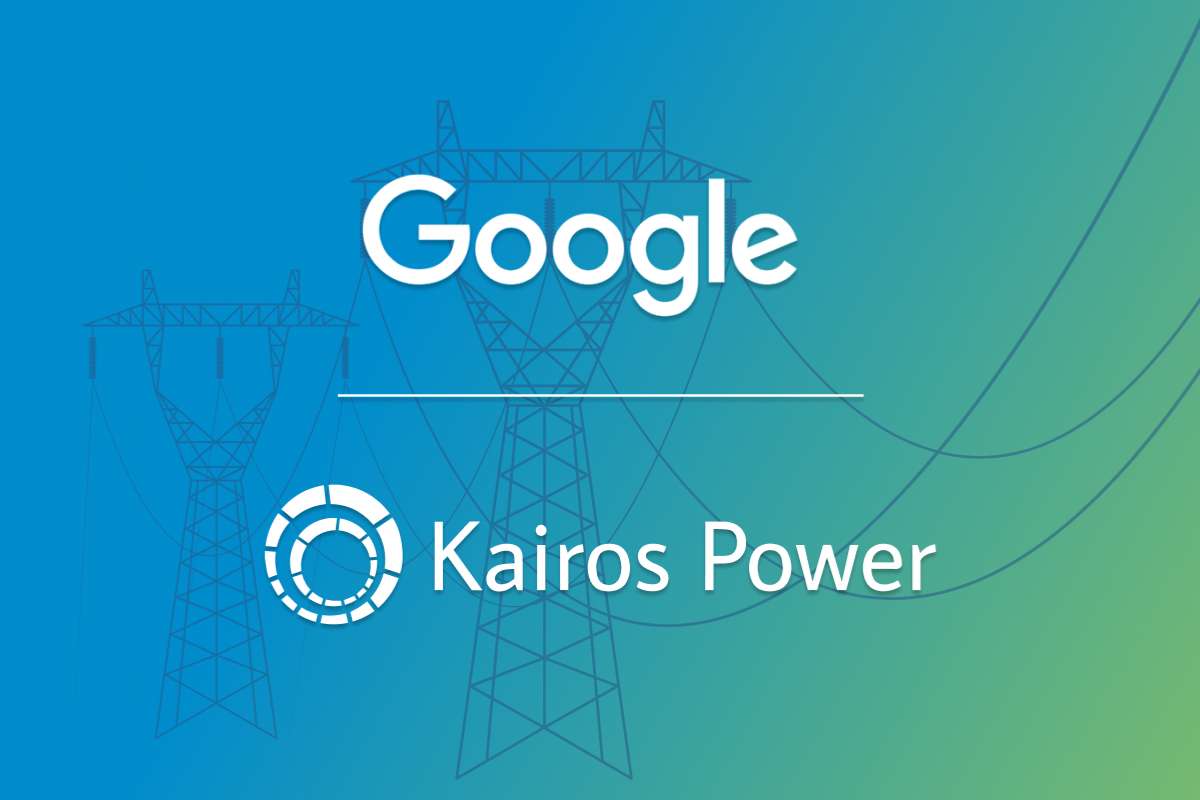In today’s fast-paced business landscape, the concept of developing a minimum viable product (MVP) has gained significant traction. Entrepreneurs and innovators are increasingly leveraging this approach to launch their products effectively while minimizing risks. But what exactly is a minimum viable product, and why is it essential for startups and established businesses alike? In this article, we will delve into the process of developing a minimum viable product (MVP), exploring its benefits, steps involved, and best practices.
What is a Minimum Viable Product (MVP)?
A minimum viable product (MVP) is a version of a new product that includes only the most essential features necessary to satisfy early adopters. The primary goal of an MVP is to validate a product idea before fully developing it. By launching with the core functionalities, businesses can gather valuable feedback from real users, which can guide further development and refinement.
The MVP approach allows companies to test their hypotheses in the market with minimal investment, reducing the risk of developing a product that may not resonate with the target audience. Essentially, it’s about finding the perfect balance between functionality and simplicity.
Why is Developing a Minimum Viable Product (MVP) Important?
Developing a minimum viable product (MVP) is crucial for several reasons:
- Cost-Effectiveness: By focusing on the essential features, businesses can save money on development costs. This is particularly beneficial for startups with limited budgets.
- Faster Time-to-Market: An MVP allows companies to bring their product to market quickly. This speed enables them to capitalize on opportunities and trends before competitors.
- User Feedback: Early adopters can provide invaluable insights that help shape the product. Understanding user preferences and pain points is critical for iterative improvement.
- Risk Mitigation: By validating the product concept with real users, businesses can identify potential failures early in the process, reducing the risk of costly mistakes down the line.
- Focus on Core Functionality: Developing a minimum viable product (MVP) forces teams to concentrate on what truly matters to users. This focus helps in creating a product that genuinely meets market needs.
Steps to Develop a Minimum Viable Product (MVP)

1. Identify Your Target Audience
Before diving into the development process, it’s essential to identify your target audience. Understanding who your potential users are will help you tailor your MVP to meet their specific needs and preferences. Conducting market research, surveys, or interviews can provide valuable insights into user behavior and expectations.
2. Define the Problem
Clearly define the problem you aim to solve with your product. This step is critical as it sets the foundation for your MVP. The more specific you are about the problem, the better you can design your product to address it effectively.
3. Outline Core Features
Once you have a clear understanding of your target audience and the problem you’re solving, the next step is to outline the core features of your MVP. Focus on the essential functionalities that will provide the most value to users. Remember, the goal is to build a product that is simple yet effective.
4. Develop a Prototype

Creating a prototype is an essential part of developing a minimum viable product (MVP). This step involves designing a preliminary version of your product to visualize its layout and functionality. Prototypes can be low-fidelity (sketches or wireframes) or high-fidelity (interactive digital versions), depending on your needs and resources.
5. Gather Feedback
After developing your prototype, gather feedback from potential users. This step is critical as it provides insights into what works and what needs improvement. You can conduct usability tests, surveys, or focus groups to collect feedback effectively.
6. Build the MVP
With the feedback gathered, it’s time to develop the actual MVP. Work closely with your development team to ensure that the core features are implemented efficiently. During this phase, maintain open communication to address any challenges that may arise.
7. Launch and Measure
Once your minimum viable product (MVP) is ready, it’s time to launch it to the market. Monitor user interactions and gather data on how the MVP is performing. Key performance indicators (KPIs) such as user engagement, retention rates, and feedback will help you assess the MVP’s success.
8. Iterate and Improve
The journey doesn’t end with the launch. Use the data and feedback collected to iterate and improve your product continually. This phase may involve adding new features, refining existing ones, or even pivoting your product based on user needs.
Best Practices for Developing a Minimum Viable Product (MVP)

- Keep It Simple: The essence of developing a minimum viable product (MVP) is simplicity. Avoid the temptation to add unnecessary features that can complicate the user experience.
- Prioritize User Feedback: Listen to your users and be willing to make changes based on their input. The ultimate goal is to create a product that resonates with your audience.
- Focus on a Single Problem: Rather than trying to solve multiple problems, concentrate on one primary issue. This focus will allow you to create a more effective MVP.
- Leverage Agile Methodologies: Adopting agile development practices can help you respond quickly to feedback and make iterative improvements to your MVP.
- Test with Real Users: Involve real users in the testing process to gain authentic insights. This approach ensures that the feedback you receive is relevant and actionable.
Conclusion
Developing a minimum viable product (MVP) is a strategic approach that can significantly enhance your product development process. By focusing on core functionalities and gathering user feedback early on, businesses can minimize risks and increase their chances of success. Remember, the key to a successful MVP lies in its ability to meet user needs while being simple and efficient. By following the outlined steps and best practices, you can navigate the complexities of product development with confidence and clarity.
In summary, the journey of developing a minimum viable product (MVP) is about learning, adapting, and ultimately creating a product that serves your audience effectively. Embrace this methodology, and you’ll be well on your way to building a successful product in today’s competitive market.


















